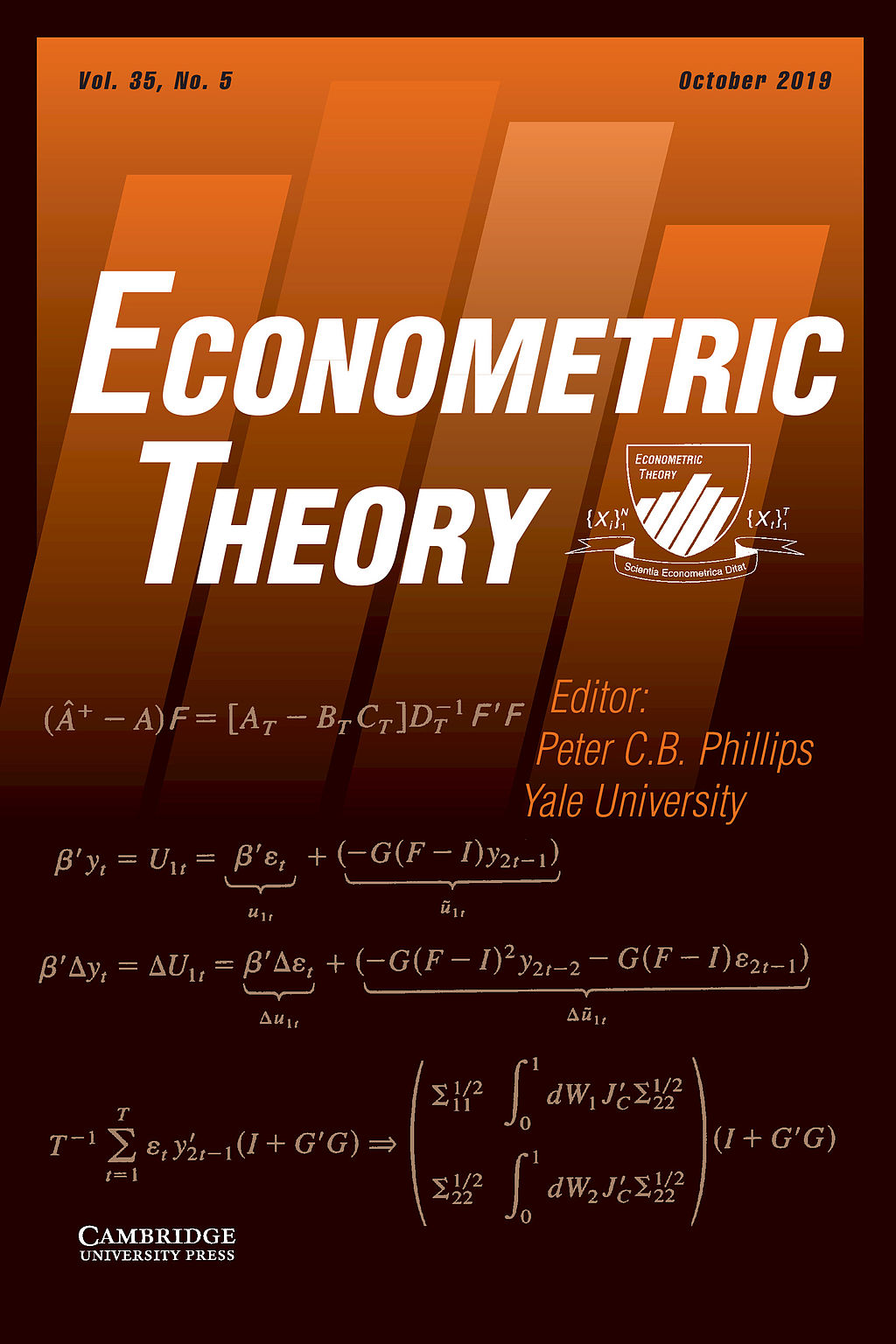
Advances in Using Vector Autoregressions to Estimate Structural Magnitudes
in: Econometric Theory, forthcoming
Abstract
This paper surveys recent advances in drawing structural conclusions from vector autoregressions (VARs), providing a unified perspective on the role of prior knowledge. We describe the traditional approach to identification as a claim to have exact prior information about the structural model and propose Bayesian inference as a way to acknowledge that prior information is imperfect or subject to error. We raise concerns from both a frequentist and a Bayesian perspective about the way that results are typically reported for VARs that are set-identified using sign and other restrictions. We call attention to a common but previously unrecognized error in estimating structural elasticities and show how to correctly estimate elasticities even in the case when one only knows the effects of a single structural shock.
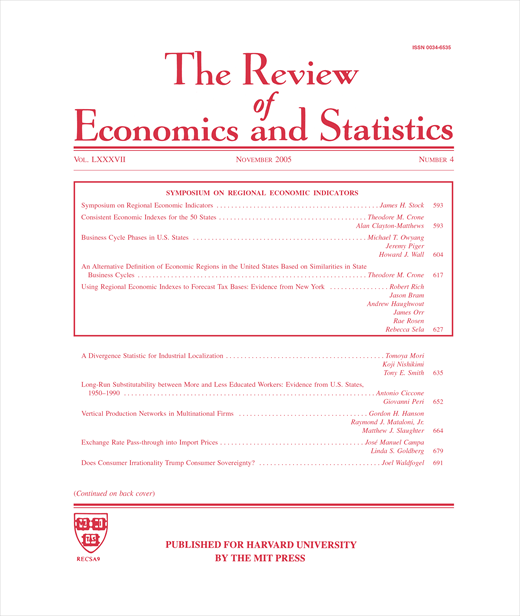
Tracking Weekly State-Level Economic Conditions
in: Review of Economics and Statistics, forthcoming
Abstract
This paper develops a novel dataset of weekly economic conditions indices for the 50 U.S. states going back to 1987 based on mixed-frequency dynamic factor models with weekly, monthly, and quarterly variables that cover multiple dimensions of state economies. We find considerable cross-state heterogeneity in the length, depth, and timing of business cycles. We illustrate the usefulness of these state-level indices for quantifying the main contributors to the economic collapse caused by the COVID-19 pandemic and for evaluating the effectiveness of the Paycheck Protection Program. We also propose an aggregate indicator that gauges the overall weakness of the U.S. economy.
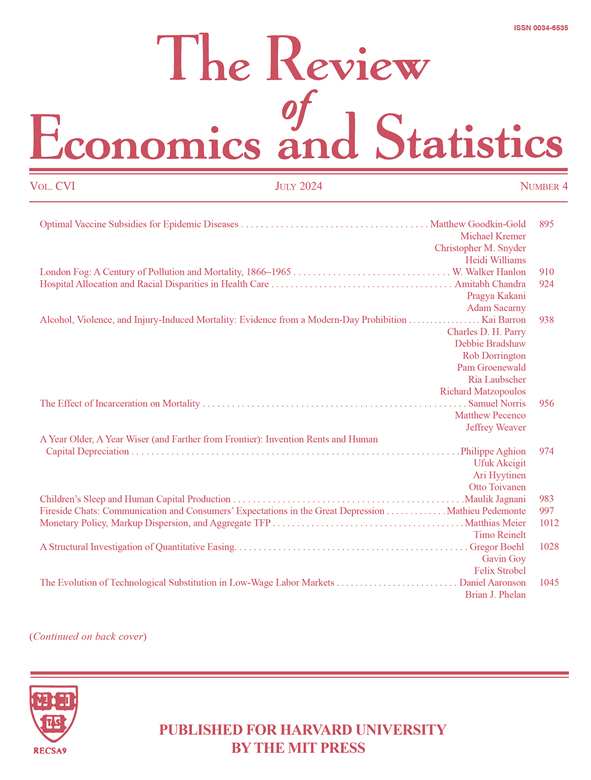
Energy Markets and Global Economic Conditions
in: Review of Economics and Statistics, No. 4, 2022
Abstract
We evaluate alternative indicators of global economic activity and other market funda-mentals in terms of their usefulness for forecasting real oil prices and global petroleum consumption. World industrial production is one of the most useful indicators. However, by combining measures from several different sources we can do even better. Our analysis results in a new index of global economic conditions and measures for assessing future energy demand and oil price pressures. We illustrate their usefulness for quantifying the main factors behind the severe contraction of the global economy and the price risks faced by shale oil producers in early 2020.
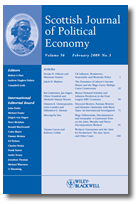
Why They Keep Missing: An Empirical Investigation of Sovereign Bond Ratings and Their Timing
in: Scottish Journal of Political Economy, No. 2, 2022
Abstract
Two contradictory strands of the rating literature criticize that rating agencies merely follow the market on the one hand, and emphasizing that rating changes affect capital movements on the other hand. Both focus on explaining rating levels rather than the timing of rating announcements. Contrarily, we explicitly differentiate between a decision to assess a country and the actual rating decision. We show that this differentiation significantly improves the estimation of the rating function. The three major rating agencies treat economic fundamentals similarly, while differing in their response to other factors such as strategic considerations. This reconciles the conflicting literature.
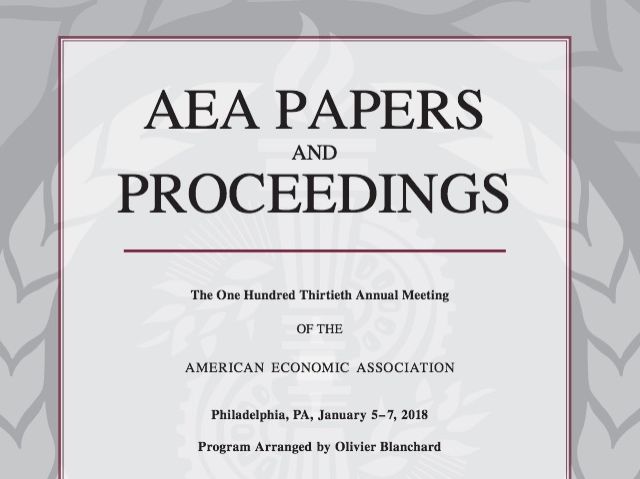
Structural Vector Autoregressions with Imperfect Identifying Information
in: American Economic Association Papers and Proceedings, May 2022
Abstract
The problem of identification is often the core challenge of empirical economic research. The traditional approach to identification is to bring in additional information in the form of identifying assumptions, such as restrictions that certain magnitudes have to be zero. In this paper, we suggest that what are usually thought of as identifying assumptions should more generally be described as information that the analyst had about the economic structure before seeing the data. Such information is most naturally represented as a Bayesian prior distribution over certain features of the economic structure.



